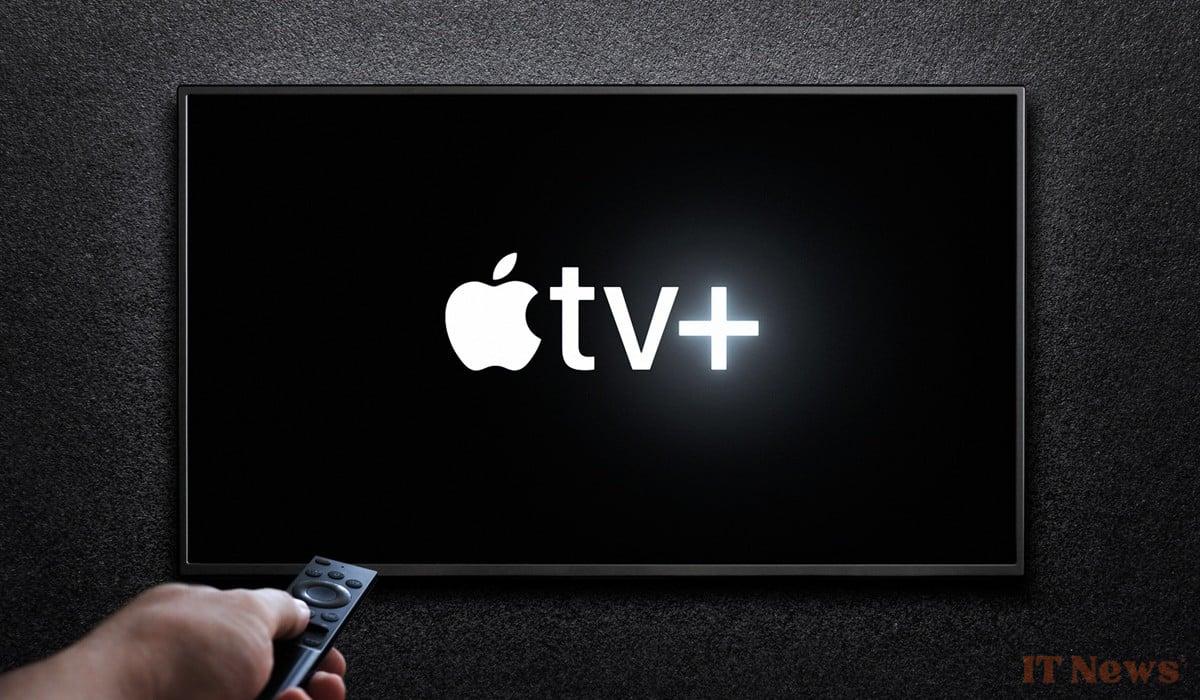With its 45 million subscribers and an annual deficit of one billion dollars, Apple's service seems to defy traditional economic logic.
A service like no other
Since its first steps into the streaming world in 2019, Apple TV+ has Off the beaten track. Rather than engaging in a race for volume like Netflix or Disney+, Apple has opted for deliberate minimalism: little content, but carefully curated in-house creations, driven by Hollywood stars and a polished aesthetic. An almost anti-conformist stance in a market that values abundance.
The objective is clear: value experience over quantity. By refusing advertising, avoiding freemium models and charging a higher than average price – nearly 10 euros per month – Apple is targeting a smaller audience that is willing to pay for content perceived as high-end. A costly gamble: the firm is said to invest more than $4.5 billion per year in the production of original content, an impressive figure for a platform that remains behind in terms of subscribers. makes the same game. Apple TV+ is not a standalone product, it is one brick among others in a locked-down ecosystem. The subscription is often offered with the purchase of a new Apple device, integrated into bundled offers like Apple One, or even distributed via agreements like the one with Canal+ in France.
What matters here, is not just the number of subscribers, but their value to the entire Apple galaxy. An Apple TV+ user is also, often, an iPhone, iCloud, Apple Music user, and therefore a more loyal, more invested customer. The streaming platform then becomes a retention tool, a way to enrich brand attachment.
A unique positioning in the face of voracious competition
In the big streaming game, Apple remains an atypical player. Faced with Netflix and its sprawling catalog, Disney+ and its licensing empire, or Amazon Prime Video, which is integrated into an e-commerce offering, Apple TV+ is almost taking on the appearance of a UFO. Its editorial line, deliberately more demanding, focuses on original storytelling, cinematic direction, and an often more adult tone.
But this elitist stance is not without risk. Habits change quickly, and the public is increasingly attracted to short formats, viral content, or bargain-basement offers financed by advertising. Can Apple continue to snub these trends without marginalizing itself? Nothing could be less certain.
Some signals suggest a possible relaxation. As losses mount, Apple may be tempted to revise its model: price adjustment, diversification of formats, or even partial opening to advertising? Nothing has been decided, but the pressure is mounting.



0 Comments